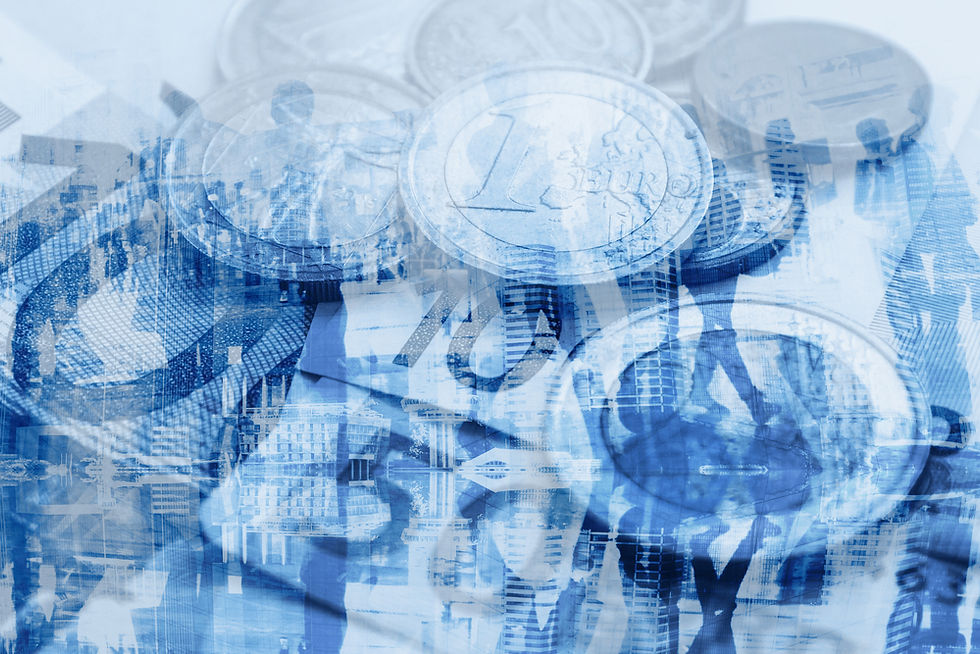The Rearview Mirror and the Windshield
- NYee
- Nov 1, 2023
- 3 min read

It's natural to look to the past as a source of information to make decisions today about what we hope for tomorrow. Humans are pretty good at identifying patterns and creating mental models and when we see something that resembles a familiar pattern, we gain comfort in making decisions and moving forward.
Recall the "past performance is no guarantee of future results" disclaimer we all know so well - and yet time and again the first thing we do when making a decision is to assess past performance!
It's important in business and investing to build a pause button into our decision-making process.
Today, bonds are a good example for why this matters: at 9/30/2020 a typical U.S. bond index fund (100% investment grade BTW) had an SEC yield of 1.23% (and likely an even lower yield to maturity, given the way the SEC yield calculation works and bond prices at the time). When interest rates go up, bond prices go down. And interest rates have gone up a lot since September 2020. As a result, the trailing 3-year return for that bond index fund is -5.2%. Per year. For 3 years(1).
Based on past performance, bonds look awful today. Looking in the rearview mirror we might conclude "avoid bonds."
But what if we look through the windshield? At the end of September, the typical U.S. bond index fund had an SEC yield of 4.55% (and likely higher yield to maturity). In fact, in some of the strategies we use, we're seeing yield to maturity in the 6.5% - 7.5% range for mostly investment grade portfolios (same for tax-exempt bonds on a pre-tax equivalent basis). That's not to say that bonds are remarkably attractive, it just means that yields are far more interesting, and risk is lower because higher yields allow more room for bonds to better absorb any potential future increases in interest rates. Viewed through the windshield, we might conclude “buy some bonds.”
We see a similar pattern in the way the world is evolving today. The last 3 decades have seen mostly abundant labor supply, abundant material supply, lower taxes, lower interest rates, lower inflation. Viewed through the rearview mirror the world looks relatively benign, corporates have been able to increase margins, and the cost of capital is low.
Directing our attention to the windshield, we see a different picture: tight labor supply; lack of investment in materials and energy leading to supply constraints; higher interest rates; higher taxes…and yes, higher inflation. We've been talking about these issues for some time but let's add a different voice to the mix, from Crescat Capital(2):
"Five key long-term inflationary forces remain deeply rooted in the system largely due to the unintended consequences of the ZIRP era which caused a gross misallocation of capital:
Insufficient past capital investment in natural resource industries to meet medium-term demand that should drive commodity prices much higher;
A potentially escalating global wartime economy;
Ongoing trade deglobalization trends including supply-chain re-shoring;
Embedded wage-price spirals now surfacing through spreading labor strikes; and
An economy that is heavily dependent on US government fiscal expansion and deficit spending."
The world has changed, and we need to keep our focus on the windshield - and not the rearview mirror - if we're going to adapt and survive. That's critical for our business decisions too - and we'll explore that further in our next post.
Yield data per iShares (https://www.ishares.com/us/products/239458/ishares-core-total-us-bond-market-etf) and return data per Morningstar Advisor Workstation



Comments